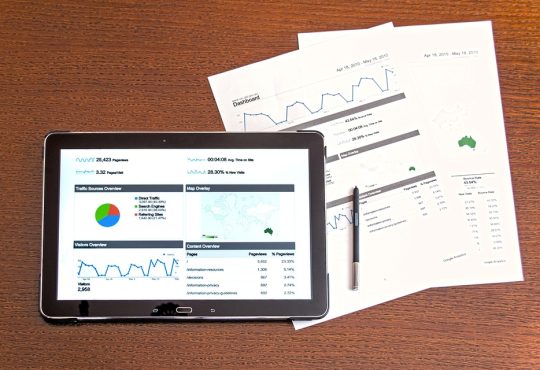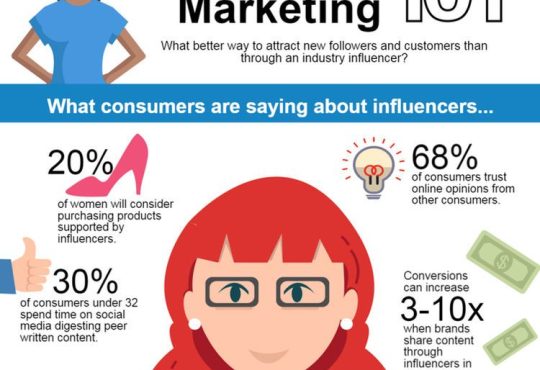
Measuring Social Media ROI: Metrics That Matter
In today’s digital age, social media has become an integral part of any business’s marketing strategy. With millions of users active on platforms like Facebook, Instagram, Twitter, and LinkedIn, it’s no wonder that companies are investing heavily in their social media presence. But how can you ensure that your efforts are paying off? The answer lies in measuring social media ROI.
What is Social Media ROI?
ROI, or Return on Investment, is a key metric that businesses use to evaluate the profitability of an investment. When it comes to social media, ROI measures the return that a company receives from its social media activities, such as brand awareness, lead generation, and customer engagement.
Why is Measuring Social Media ROI Important?
Measuring social media ROI is crucial for several reasons:
1. **Demonstrating Value**: By quantifying the impact of your social media efforts, you can demonstrate the value that social media brings to your business.
2. **Optimizing Strategy**: Tracking ROI allows you to identify which social media channels and tactics are most effective, enabling you to optimize your strategy for better results.
3. **Budget Allocation**: Understanding the ROI of your social media activities helps you allocate your budget more effectively, ensuring that you’re investing in activities that generate the highest returns.
Metrics That Matter
When it comes to measuring social media ROI, there are several key metrics that you should pay attention to:
1. **Engagement**: This includes likes, shares, comments, and reposts. High levels of engagement indicate that your content is resonating with your audience.
2. **Reach**: The number of people who see your social media posts. Increasing reach can help you expand your brand’s visibility and attract new customers.
3. **Click-Through Rate (CTR)**: The percentage of people who click on a link in your post. A high CTR indicates that your content is compelling and relevant to your audience.
4. **Conversion Rate**: The percentage of people who take a desired action, such as making a purchase or signing up for a newsletter, after interacting with your social media content.
5. **Customer Acquisition Cost (CAC)**: The cost of acquiring a new customer through social media. Comparing CAC to the lifetime value of a customer can help you determine the profitability of your social media efforts.
6. **Return on Ad Spend (ROAS)**: The revenue generated from social media advertising compared to the cost of running the ads. A high ROAS indicates that your ads are performing well.
How to Measure Social Media ROI
To effectively measure social media ROI, follow these steps:
1. **Set Goals**: Clearly define your social media objectives, whether it’s increasing brand awareness, driving website traffic, or generating leads.
2. **Track Metrics**: Use social media analytics tools to monitor key metrics and track your progress towards your goals.
3. **Calculate ROI**: To calculate ROI, subtract the costs of your social media activities from the revenue generated as a result of those activities. Divide this number by the total costs to get your ROI percentage.
4. **Adjust Strategy**: Use your ROI data to identify areas for improvement and make adjustments to your social media strategy accordingly.
Conclusion
Measuring social media ROI is essential for any business looking to maximize the impact of its social media efforts. By tracking key metrics and analyzing the data, you can gain valuable insights into the performance of your social media activities and make informed decisions to achieve better results. Remember, it’s not just about how many likes or followers you have – it’s about the bottom line impact that social media has on your business. By focusing on the metrics that matter most, you can ensure that your social media investment pays off in the long run.



